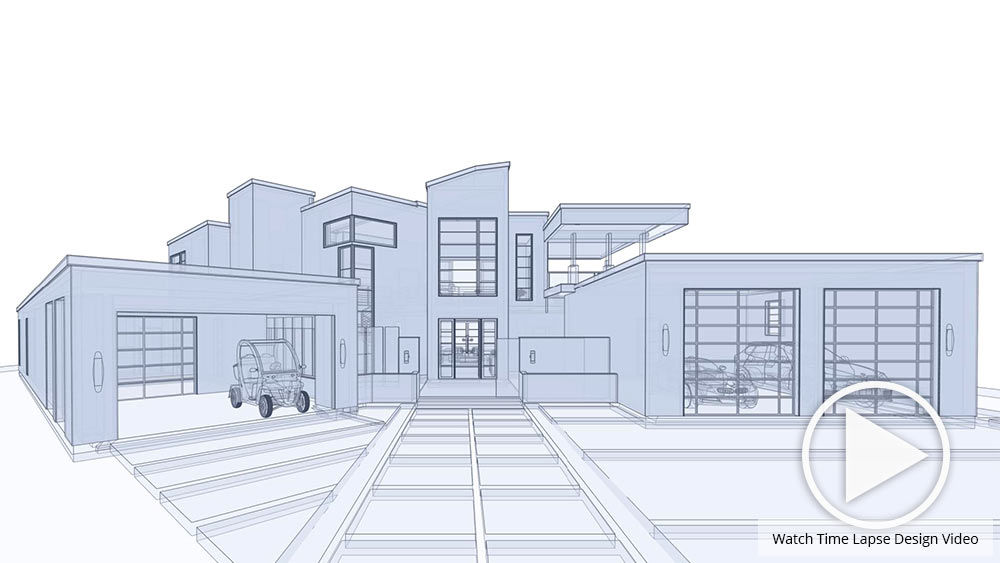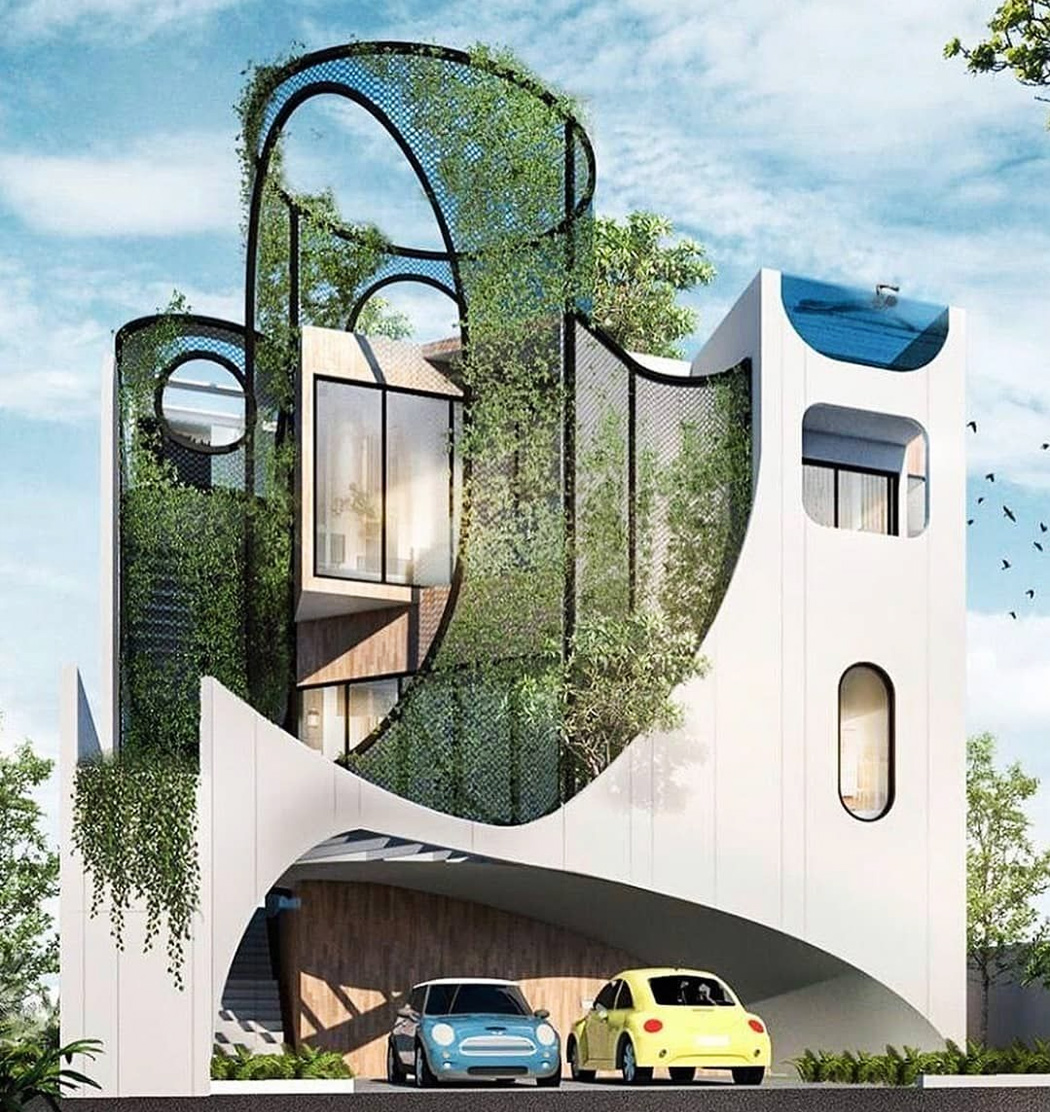Why CDA Architects Are Leaders in Architectural Style and Technology
Wiki Article
The Influence of Technological Improvements on the Layout Practices of Contemporary Architects
The quick development of technological tools has actually dramatically reshaped the style landscape for contemporary engineers, promoting unmatched levels of innovation and sustainability. Checking out these dynamics exposes a nuanced interplay in between modern technology and conventional layout methodologies, prompting a more detailed assessment of what the future holds for architectural methods.Advancement of Architectural Devices
How have building tools changed the style and building procedures over the centuries? The development of architectural tools has actually significantly influenced the performance, accuracy, and creative thinking of design and building and construction.With the development of the Renaissance, the introduction of the compass and the protractor marked an essential change. These tools allowed designers to accomplish greater precision in their styles, helping with the emergence of even more elaborate and proportional buildings. The Industrial Change even more revolutionized architectural practice with the intro of mechanized devices and products, permitting bigger and a lot more enthusiastic projects.
In the 20th century, the growth of computer-aided design (CAD) software program changed the landscape as soon as again, providing designers with unprecedented abilities in modeling and visualization. Today, progressed tools such as Building Details Modeling (BIM) and parametric design software program remain to push the borders of architectural technology, making it possible for a more incorporated technique to design and building processes.
Improved Cooperation in Design
As technology continues to progress, improved cooperation in layout has actually come to be a keystone of modern-day building technique. The assimilation of electronic devices such as Structure Info Modeling (BIM), cloud-based systems, and progressed visualization software application has actually changed the method designers, engineers, and stakeholders communicate throughout the design process. These devices promote real-time interaction, permitting groups to share ideas, adjustments, and feedback instantaneously, no matter of geographical place.
Additionally, interdisciplinary partnership has actually been streamlined with these technical improvements, making it possible for designers to function more carefully with various other experts, such as metropolitan organizers and environmental experts. The outcome is a more cohesive strategy to design that thinks about numerous perspectives and expertise. Ultimately, improved cooperation in layout is not merely a pattern; it is essential for creating ingenious, useful, and aesthetically pleasing architecture in a progressively complicated globe.

Sustainability Via Modern Technology
Sustainability in style has actually significantly come to be intertwined with technical technology, driving the market towards ecologically responsible techniques. Contemporary engineers are leveraging sophisticated technologies to decrease ecological impact while boosting the performance of buildings. cda architects. One famous example is using Structure Info Modeling (BIM), which permits exact planning and source allotment, reducing waste throughout construction and advertising energy performance throughout a building's lifecycleIn addition, wise products and energy-efficient systems are being integrated right into styles to maximize resource use. Technologies such as solar cells and environment-friendly roof harness renewable resource resources, contributing to lowered carbon footprints. In addition, the application of expert system in design procedures enables designers to simulate and examine energy usage, guiding choices towards more see page lasting end results.
The combination of sustainable modern technologies not only straightens with global environmental objectives but likewise fulfills an enhancing need from customers for environment-friendly solutions. As designers welcome these developments, the focus moves towards developing spaces that are not only cosmetically pleasing however also functionally sustainable, consequently redefining the criteria of modern design. In this method, modern technology works as a stimulant for sustainability, allowing engineers to develop buildings that respect and enhance the natural surroundings.
Difficulties in Application
While technological improvements in style hold fantastic guarantee for enhancing sustainability, their implementation typically comes across considerable difficulties. One main challenge is the steep knowing curve associated with new technologies. Engineers and construction specialists might call for substantial training to successfully use sophisticated software and tools, which can delay task timelines and boost expenses.Furthermore, the combination of emerging technologies, such as Structure Details Modeling (BIM) and sustainable materials, often demands partnership across multidisciplinary teams. This collaboration can be prevented by distinctions in expertise, operations, and interaction designs, resulting in prospective conflicts and inefficiencies.

In addition, regulatory structures and building regulations may not equal technological improvements, creating uncertainty and possible compliance problems. This obstacle can discourage designers from fully welcoming brand-new technologies, as the danger of non-compliance may surpass the advantages. Resolving these implementation challenges is essential for the successful integration of technological improvements in modern building practices.
Future Trends in Design
The difficulties related to the implementation of brand-new modern technologies in style have actually motivated a reevaluation of future fads within the industry - cda architects. As architects navigate issues such as sustainability, urbanization, and social equity, they are increasingly adopting innovative technologies to improve design efficiency and environmental efficiencyOne noticeable fad is the assimilation of expert system (AI) in the layout procedure. AI tools can analyze vast datasets to educate layout choices, boosting both imagination and functionality. Similarly, Structure Info Modeling (BIM) continues to evolve, enabling real-time cooperation amongst stakeholders and helping with structured job administration.
Lasting style practices are additionally acquiring momentum, with designers concentrating on flexible reuse and regenerative style principles that lessen resource usage and waste. The consolidation of wise materials and eco-friendly energy sources will better improve the strength of structures despite climate adjustment.
Furthermore, the surge of parametric design enables more customized and context-sensitive building solutions (cda architects). By utilizing these innovations, architects are view it poised to create developed settings that not just resolve the prompt requirements of culture but additionally anticipate future difficulties, thus redefining the duty of architecture in an ever-changing globe
Verdict
Technological advancements have dramatically improved architectural style practices, facilitating boosted accuracy, partnership, and sustainability. The combination of tools such as Building Information Modeling and parametric layout software, alongside artificial knowledge and wise materials, empowers engineers to resolve intricate difficulties much more efficiently.Report this wiki page